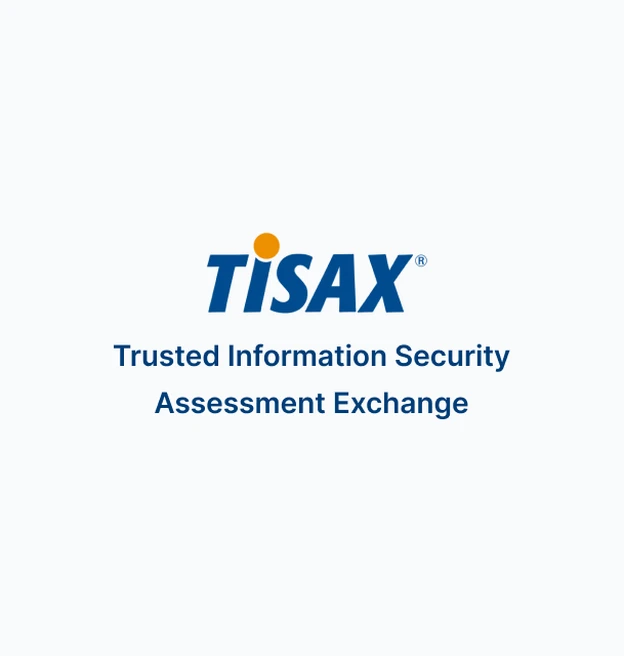 TISAX Compliance
TISAX Compliance
The Trusted Information Security Assessment Exchange (TISAX) is an information security standard tailored for the automotive industry, ensuring secure data handling and exchange among manufacturers, suppliers, and service providers. Achieving and maintaining TISAX compliance is essential for suppliers working with automotive companies to protect sensitive information and maintain trust within the industry. Here are the essential steps for effective TISAX compliance monitoring:
1. Conduct Regular Information Security Audits
Regular security audits are crucial to assess adherence to TISAX requirements. Audits help identify vulnerabilities in areas such as data protection, access control, and incident response, ensuring that security practices align with TISAX standards.
2. Establish Comprehensive Information Security Policies
Organizations should implement detailed security policies that meet TISAX requirements, covering areas such as data classification, encryption, access controls, and physical security. These policies should be reviewed regularly to adapt to changes in business processes or evolving threats.
3. Train Employees on TISAX Requirements and Best Practices
Employee training is critical to maintaining TISAX compliance. Training should cover information security protocols, secure data handling, and incident reporting to ensure that staff are knowledgeable and vigilant in their daily operations.
4. Conduct Risk Assessments and Vulnerability Management
TISAX requires organizations to conduct ongoing risk assessments to identify potential threats to information security. Implementing a vulnerability management program helps address identified risks, ensuring that the organization remains resilient against emerging security threats.
5. Implement Access Control and Data Protection Measures
Access control is central to TISAX compliance. Organizations should limit access to sensitive data to authorized personnel only, using methods like role-based permissions and multi-factor authentication (MFA). Additionally, data encryption and secure storage protocols are critical to safeguarding information.
6. Monitor and Log Information Access and Activity
To ensure compliance, organizations must monitor access to information and log activity across networks and systems. Monitoring tools allow organizations to detect unauthorized access and unusual activity, helping to prevent and respond to potential security breaches.
7. Develop and Test an Incident Response Plan
A well-defined incident response plan is essential for addressing security incidents under TISAX. The plan should include procedures for detecting, managing, and resolving incidents. Regular testing of the plan ensures readiness and reduces response time during actual security events.
8. Document Compliance Activities and Maintain TISAX Certification
To maintain TISAX compliance, organizations must document all compliance-related activities, including security policies, risk assessments, and incident reports. This documentation supports TISAX certification renewal and provides evidence of compliance for audits by partners and clients.
Conclusion
Maintaining TISAX compliance requires continuous monitoring, risk management, and commitment to secure data handling. By following these steps, automotive industry suppliers can ensure compliance with TISAX standards, protect sensitive data, and maintain their standing as trusted partners in the automotive ecosystem.

 TISAX Compliance
TISAX Compliance